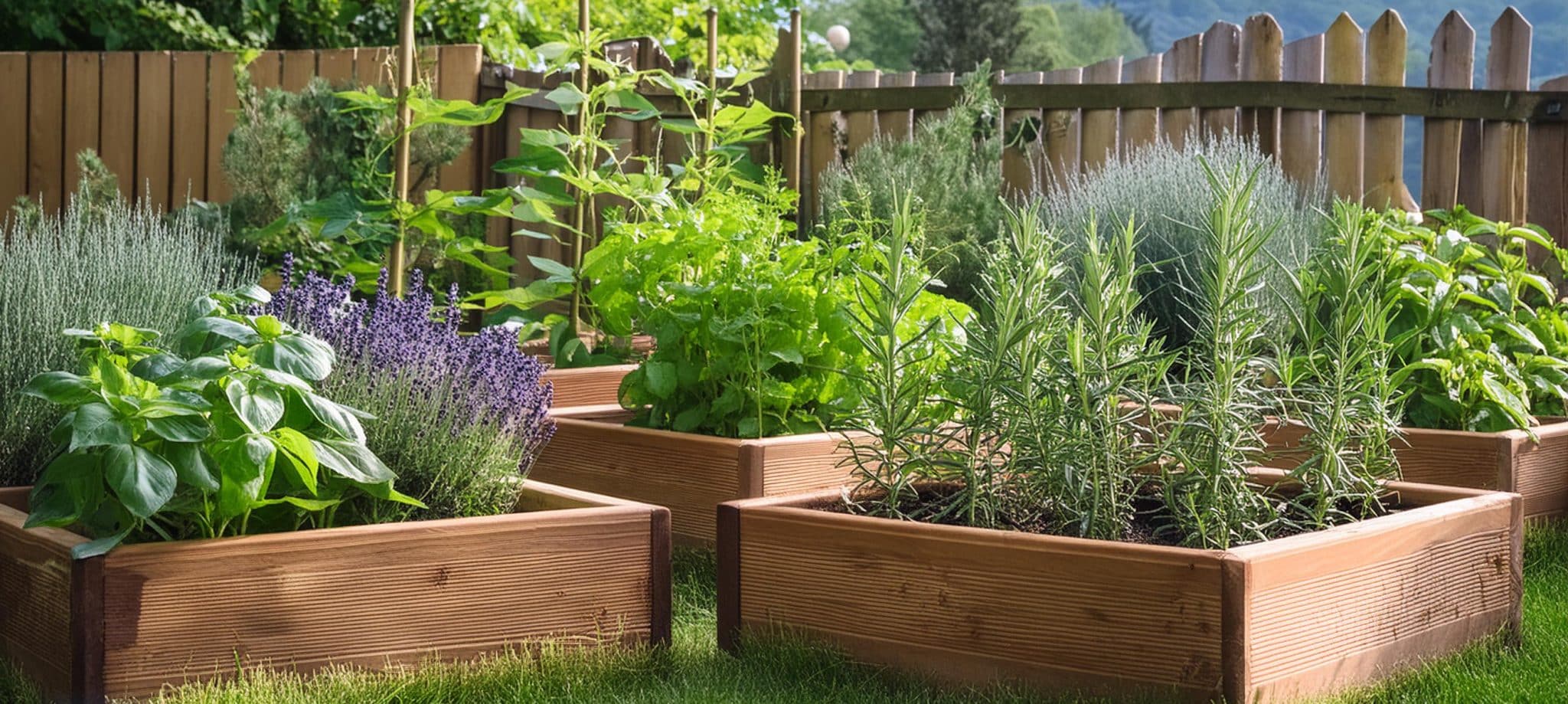
How to Start Your Own Medicinal Herb Garden: A Step-by-Step Guide
Starting your own medicinal herb garden is a rewarding and practical way to ensure you have a fresh supply of healing herbs right at your fingertips. Whether you have a sprawling backyard or a small balcony, you can grow a variety of herbs that will support your health and wellness naturally. This guide will take you through the steps to create your own medicinal herb garden, from planning to harvesting.
Benefits of Growing Your Own Medicinal Herbs
Growing your own medicinal herbs offers numerous benefits:
- Accessibility: Fresh herbs are readily available whenever you need them.
- Cost-Effective: Growing your own herbs can save money compared to buying supplements or dried herbs.
- Quality Control: You have control over the growing conditions, ensuring your herbs are free from pesticides and other chemicals.
- Sustainability: Growing your own herbs is an eco-friendly choice that reduces your carbon footprint.
Planning Your Medicinal Herb Garden
1. Determine Your Space
- Assess the amount of space you have available for your garden. Herbs can be grown in garden beds, raised beds, containers, or even window boxes.
- Ensure the chosen location receives adequate sunlight. Most medicinal herbs need at least 6-8 hours of sunlight per day.
2. Choose Your Herbs
- Start with herbs that are easy to grow and have multiple medicinal uses. Here are some excellent choices for beginners:
- Aloe Vera: Known for its soothing properties, especially for burns and skin irritations.
- Basil: Offers anti-inflammatory and antibacterial benefits.
- Chamomile: Commonly used for its calming effects and to aid sleep.
- Echinacea: Boosts the immune system and helps fight colds.
- Lavender: Used for its relaxing aroma and to treat minor cuts and insect bites.
- Peppermint: Aids digestion and relieves headaches.
- Thyme: Has antiseptic properties and is great for respiratory health.
3. Prepare the Soil
- Medicinal herbs thrive in well-drained soil. If planting in the ground, ensure the soil is loose and rich in organic matter.
- For container gardening, use a high-quality potting mix. Add compost to improve soil fertility and structure.
4. Plan Your Garden Layout
- Consider the growth habits and mature sizes of your chosen herbs. Taller plants like echinacea should be placed at the back of the garden bed, while shorter herbs like thyme and chamomile can be placed at the front.
- Leave enough space between plants to allow for air circulation and growth.
Planting Your Medicinal Herbs
1. Planting Seeds vs. Seedlings
- Seeds: Starting from seeds can be more economical and offers a wider variety of herbs. Follow the seed packet instructions for planting depth and spacing.
- Seedlings: Using seedlings can give your garden a head start. Transplant seedlings into your garden after the last frost date in your area.
2. Watering and Maintenance
- Water your herbs regularly, but avoid overwatering. Most herbs prefer to dry out slightly between waterings.
- Mulch around your plants to retain moisture and suppress weeds.
3. Pest and Disease Control
- Keep an eye out for common pests like aphids and spider mites. Use natural remedies like neem oil or insecticidal soap to control infestations.
- Ensure proper spacing and air circulation to prevent fungal diseases.
Harvesting and Using Your Medicinal Herbs
1. Harvesting Tips
- Harvest herbs in the morning after the dew has dried but before the heat of the day sets in. This is when the essential oils are most concentrated.
- Use sharp scissors or pruning shears to avoid damaging the plants.
2. Drying and Storing Herbs
- Dry herbs by hanging them in small bunches in a cool, dry, and dark place.
- Once dried, store herbs in airtight containers away from direct sunlight to preserve their potency.
3. Making Herbal Remedies
- Teas: Steep fresh or dried herbs in hot water to make healing teas.
- Tinctures: Extract the medicinal properties of herbs using alcohol or glycerin for a concentrated remedy.
- Salves and Balms: Infuse herbs in oils to create healing salves for skin issues.
Common Issues and How to Solve Them
1. Poor Growth
- Ensure your herbs are getting enough sunlight and water.
- Check the soil pH and amend if necessary. Most herbs prefer a slightly acidic to neutral pH (6.0-7.0).
2. Pests and Diseases
- Identify pests and treat them early with natural remedies.
- Use crop rotation and companion planting to minimize disease risk.
3. Bolting
- Some herbs like basil and cilantro can bolt (flower and go to seed) in hot weather. Pinch off flower buds to encourage more leaf growth.
Conclusion
Starting your own medicinal herb garden is a fulfilling and beneficial project that brings you closer to nature and provides a ready supply of natural remedies. With careful planning, proper care, and a little patience, you can grow a thriving garden that supports your health and well-being. Enjoy the process and the many rewards that come with cultivating your own healing herbs.
References:
- National Center for Complementary and Integrative Health (NCCIH). "Herbs at a Glance."
- University of Maryland Medical Center. "Herbs and Supplements."
- Rodale’s Basic Organic Gardening: A Beginner's Guide to Starting a Healthy Garden.